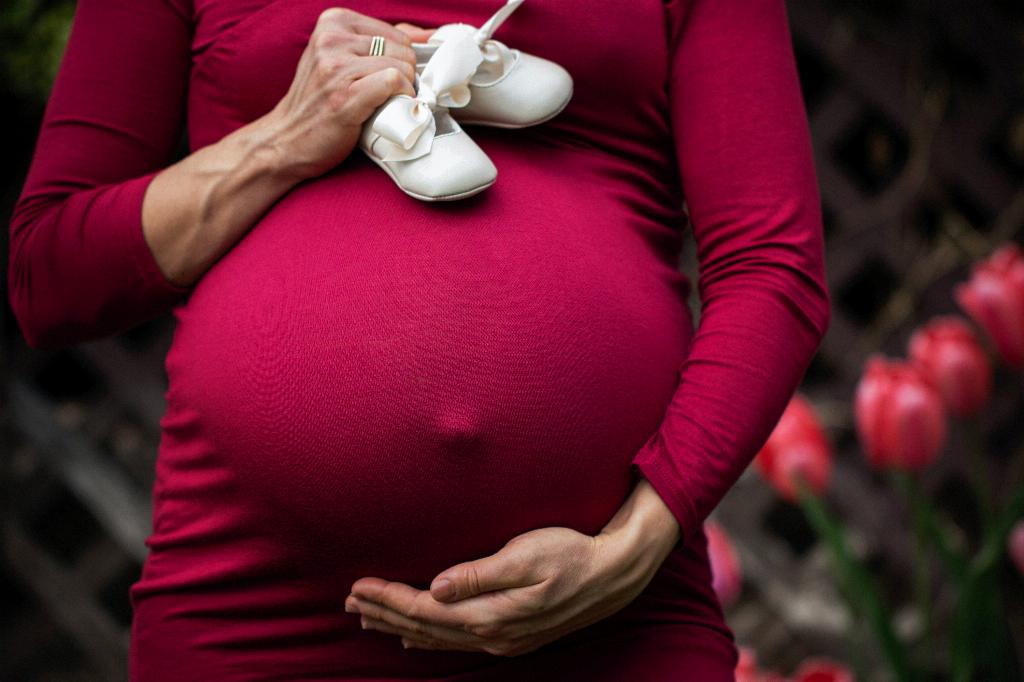During pregnancy, many women experience various sensations and discomforts due to the changes happening in their bodies. One common symptom that women may encounter is pelvic pain, which can be caused by a variety of factors.
Signs of Baby Dropping
When a baby drops, also known as lightening, it means that the baby is descending lower into the pelvis in preparation for birth. This can result in the feeling of increased pressure in the pelvic region and lower abdomen.
Relation Between Pelvic Pain and Baby Dropping
Pelvic pain can be a sign that the baby is getting into the head-down position in the pelvis. As the baby descends, it puts pressure on the pelvic area, which can lead to discomfort and sometimes pain for the mother.
Feeling of Lower Bump and Waddling
When the baby drops, a woman’s pregnancy bump may appear lower and she may notice a change in her posture, causing her to walk in a way that feels like waddling. This change is a result of the baby moving towards the birth canal.
Symptoms of Baby Engagement
As the baby engages in the pelvis, a woman may feel increased pressure in her pelvis, pelvis pain, or discomfort while walking or sitting. These symptoms are often signs that the baby is getting ready for labor.
Consulting Healthcare Provider
If a woman is experiencing pelvic pain or discomfort during pregnancy, it is essential to consult with her healthcare provider. They can provide guidance on managing the discomfort and determine if the baby is in the correct position for birth.
Other Causes of Pelvic Pain
It is important to note that pelvic pain during pregnancy can also be caused by other factors such as round ligament pain, sciatica, or symphysis pubis dysfunction. Therefore, it is essential to seek medical advice to determine the cause of the pain.
Relieving Pelvic Discomfort
There are various ways to help relieve pelvic discomfort during pregnancy, including practicing prenatal yoga, using pregnancy support belts, applying heat or cold packs to the area, and getting regular prenatal massages.
Monitoring Fetal Movement
It is crucial for pregnant women to monitor their baby’s movements regularly, especially if they experience pelvic pain. Changes in movement patterns or decreased fetal activity should be reported to a healthcare provider promptly.
Preparing for Labor
As the baby drops and prepares for birth, it is essential for expectant mothers to prepare for labor physically and emotionally. Attending childbirth classes, creating a birth plan, and discussing any concerns with their healthcare provider can help ease anxiety.
Final Thoughts
In conclusion, pelvic pain during pregnancy can be a sign that the baby is getting into the head-down position in the pelvis. While experiencing discomfort is common as the baby drops, it is essential to seek medical advice to ensure a healthy and safe pregnancy and delivery.

